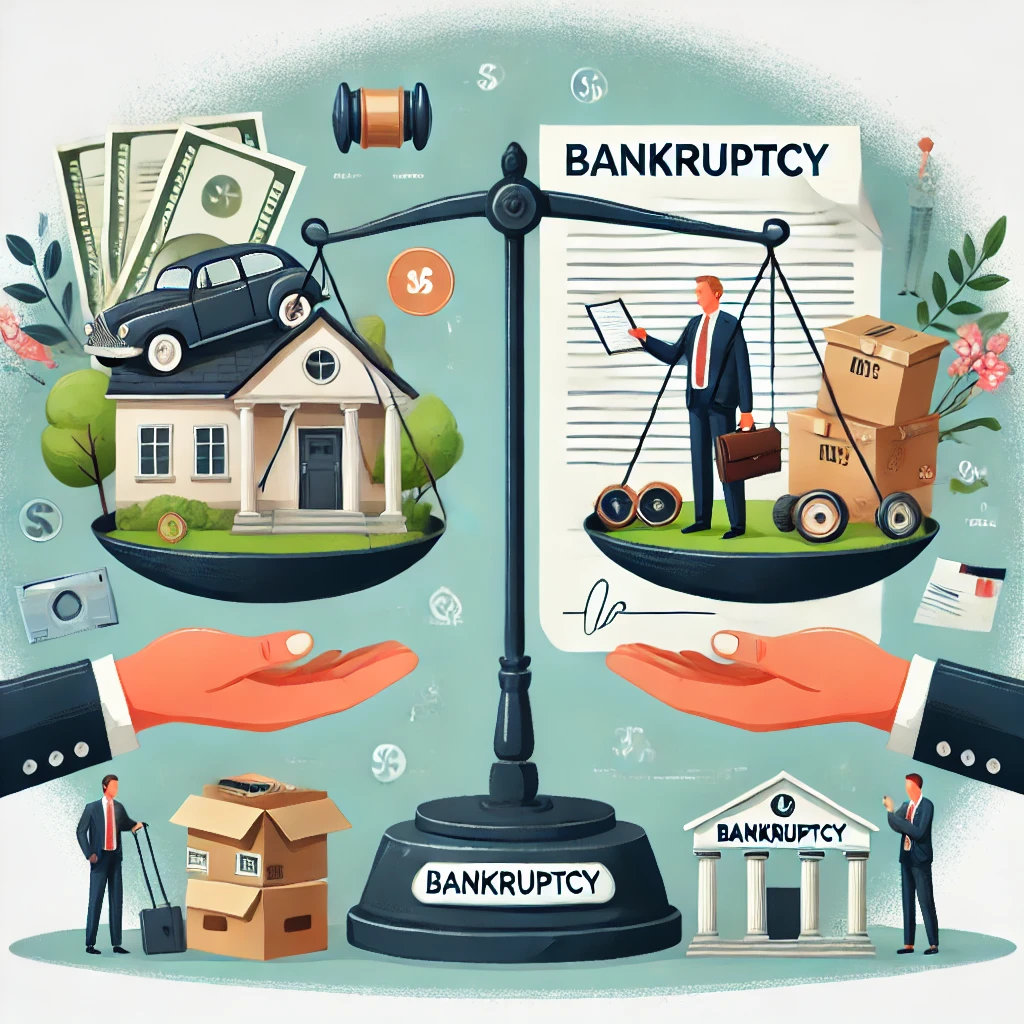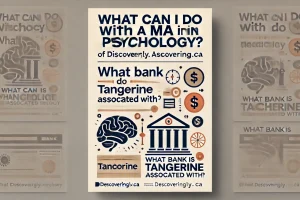What Can They Take During Bankruptcies? A Comprehensive Guide
Declaring bankruptcy is often seen as a last resort for individuals facing overwhelming debt. Bankruptcy offers a legal process to help you manage or eliminate debt, providing a fresh financial start. However, it’s essential to understand what happens to your assets during this process. A common concern for individuals considering bankruptcy is, what can be taken?
In Canada and many other countries, bankruptcy laws balance the interests of debtors (those who owe money) and creditors (those who are owed money). Certain assets may be seized and sold to repay creditors, but other assets may be protected to help you maintain a basic standard of living.
Let’s explore the types of assets that can be taken during bankruptcy and those that are protected under the law.
1. Types of Bankruptcy in Canada: Understanding the Basics
Before diving into what can be taken during bankruptcy, it’s essential to understand the type of bankruptcy that applies to most individuals: personal bankruptcy. In Canada, bankruptcy is governed by the Bankruptcy and Insolvency Act (BIA), which lays out the rules for what can and cannot be seized.
When you file for bankruptcy, a Licensed Insolvency Trustee (LIT) will oversee your case. Their job is to evaluate your assets, determine what can be seized, and manage payments to your creditors. Not all your possessions will be taken—there are exemptions to protect basic assets.
2. What Can Be Taken During Bankruptcy?
The goal of bankruptcy is to liquidate certain assets to pay back creditors. While this sounds concerning, you’ll likely not lose everything, as many personal belongings and tools of the trade are protected by law. The assets that can be taken during bankruptcy include:
a. Non-Exempt Property
Non-exempt property refers to assets that are not protected under bankruptcy law. These assets can be seized by your trustee and sold to repay your creditors. Examples include:
- Cash: Any cash in your possession (excluding funds in protected savings like RRSPs).
- Investments: Non-exempt investments like stocks, bonds, mutual funds, and non-locked-in retirement savings can be taken.
- Luxury Items: High-value assets that are considered non-essential, such as luxury cars, expensive artwork, collectibles, or high-end electronics, may be sold by the trustee.
- Real Estate: If you own a home with equity, your share of the equity may be subject to seizure. Equity refers to the difference between the market value of your home and the balance of any mortgages or loans against it. In some provinces, a portion of home equity may be exempt.
- Secondary Vehicles: While one primary vehicle may be protected, any additional vehicles you own could be sold during bankruptcy.
- Vacation Properties: If you own a second property, such as a vacation home, this will generally be sold during bankruptcy.
b. Contributions to RRSPs (Within 12 Months)
While Registered Retirement Savings Plans (RRSPs) are mostly protected in bankruptcy, any contributions made to an RRSP in the 12 months leading up to filing for bankruptcy can be seized and used to repay creditors.
3. What Cannot Be Taken During Bankruptcy?
There are exemptions in place to ensure that individuals filing for bankruptcy can maintain a basic standard of living. The exemptions can vary slightly by province, but there are some general assets that are protected:
a. Essential Personal Belongings
Most provinces allow you to keep essential personal items, such as:
- Clothing: Basic, necessary clothing is generally exempt from seizure.
- Furniture and Appliances: Basic household furniture and appliances (such as a bed, sofa, refrigerator, and stove) are protected from being taken during bankruptcy.
b. Primary Vehicle
If you own a car, most provinces allow you to keep one vehicle up to a certain value. For example:
- In Ontario, you can keep a vehicle valued at up to $7,117.
- In Alberta, the vehicle exemption is $5,000.
If your vehicle exceeds the exemption amount, your trustee may sell the vehicle, provide you with the exempt portion of the sale, and use the remaining funds to pay creditors.
c. Tools of the Trade
Bankruptcy law protects assets that are necessary for you to earn a living. These tools of the trade can include:
- Tools, equipment, and materials used for your profession or business.
- A vehicle used for work, such as a truck or van.
The exact amount that is exempt varies by province. For example, in Ontario, you can keep up to $14,405 worth of tools of the trade.
d. Registered Retirement Savings Plans (RRSPs) and Registered Retirement Income Funds (RRIFs)
In most cases, your RRSPs and RRIFs are protected during bankruptcy, except for contributions made in the last 12 months before filing for bankruptcy. This protection ensures that individuals filing for bankruptcy can still maintain their retirement savings.
e. Pensions and Disability Benefits
Pension plans, including government pensions such as the Canada Pension Plan (CPP), Old Age Security (OAS), and private pensions, are typically protected in bankruptcy. Similarly, disability benefits or insurance payments meant to support an individual due to illness or injury are exempt from seizure.
4. Income During Bankruptcy: Surplus Income Payments
In addition to assets, the amount of income you earn during your bankruptcy period may be monitored to determine if you need to make surplus income payments. These payments are required if your income exceeds a set limit based on the number of people in your household.
If you earn more than the established limit, you may be required to pay a portion of your excess income to your trustee, which will then be distributed to your creditors.
5. Spouse’s or Partner’s Assets
One common concern during bankruptcy is whether a spouse or partner’s assets will be affected. In general, only the individual who files for bankruptcy has their assets evaluated and potentially seized. However, if you and your spouse own property or assets jointly, such as a home or a car, your share of those assets may be impacted.
For example, if you and your spouse own a home together, your share of the home’s equity could be subject to seizure, while your spouse’s share would be protected.
6. Alternatives to Bankruptcy: Consumer Proposals
For individuals concerned about losing assets during bankruptcy, there are alternatives like a consumer proposal. A consumer proposal is a legally binding agreement between you and your creditors to repay a portion of your debts over an extended period, usually without the need to surrender your assets. This option allows you to keep your assets while still addressing your debt situation.
Conclusion
Filing for bankruptcy can be a daunting decision, but it’s important to know that not all your assets will be seized. The goal of bankruptcy is to provide a fresh start while allowing you to retain basic essentials needed for living and working. Assets such as clothing, essential furniture, one primary vehicle, and tools of the trade are often protected under bankruptcy exemptions. Additionally, retirement savings like RRSPs and pensions are generally safeguarded.
If you are considering bankruptcy, consulting a Licensed Insolvency Trustee is crucial to understanding how the process works and what assets you may keep. Each individual’s situation is unique, and knowing your rights and options can help you navigate the bankruptcy process with greater confidence.






